
Everything you want to know about the Cliffs of Moher in one place!
The Cliffs Of Moher
The Cliffs of Moher rise to 240 metres at the highest point and has a range of 8 km along the Atlantic Ocean. Situated on the Western seaboard of County Clare, you can see the Aran Islands, Galway Bay, as well as the 12 Pins in Connemara on a clear day. It is believed that the Cliffs were formed about 320 million years ago during the Upper- carboniferous period when this area was situated at the mouth of a large river. The River Delta would have flowed bringing mud and sand eventually dumping on this area and forming the rock layers we see today.
When observing the cliffs, you will notice the different strata of solid red sand stone alternated by soft conglomerate rock. The conglomerate rock consists mostly of hardened sand, silt and mud.
This geological character makes the Cliffs of Moher an ideal nesting site for birds. The sea cliffs are home to Ireland’s largest nesting colony with 20 species including 9 species of breeding seabirds and up to 30,000 breeding pairs and hence has been declared a protected area under the EU Birds Directive of 1979.
In the early Springtime, you may observe the elusive Atlantic puffin (the clown of the sea) nesting on Goat Island down below. These seabirds only come to land to nest from late March to early July each year, as they live on the open ocean for the rest of their time. Looking much like a clown or more like the clumsier cousin of a penguin, these colourful birds are very well adapted for underwater fishing. Amazingly they can hold their breath for up to one minute and can catch an average of 10 fish per trip going as deep as 60 metres. Feeding their chicks, puffin also have the ability to hold several (sometimes over a dozen) small fish at a time, crossways in their bill, rather than regurgitating swallowed fish, making for a perfect photo opportunity.
What you would certainly see or probably hear first upon arrival to the Cliffs are the Guillemots and Razorbills seen on the flat sandstone levels on the bottom of An Branan Mor sea stacks.
If you are lucky, you might see the pair of Peregrine Falcons nesting beneath O’Brien’s Tower. These are the fastest hunting birds in the world, swooping down at a speeds reaching over 320 km/h to catch their prey. Peregrine Falcons have a nictitating membrane, or a thin, semi-transparent lid, which moves from side to side. It closes and opens keeping their eyes moist and clean- just like a pair of goggles.
Ireland is home to seven crow species, but the ones you will see the least are the Chough, a very rare species otherwise known as the Celtic Crow. With its red beak and red legs, it’s easily distinguishable from other crows. You may see a pair of Choughs nesting below the sandstone edge.
The stones used to mark the boundaries at the viewing sites are called Liscannor flagstone. These slabs are harvested sedimentary sandstone rock layers, which hold fossils, the ancient trails of lug worms that borough their way through the softer layers, the trails of which are still seen on its surface.
As you stand at the cliff edge, far off to the left the last of the headland is known as Hags Head. The nickname the hags head dates back to old Fenian tales of Cu Chulainn, the greatest warrior of all Ireland. His legendary beauty had caught the attention of many a fair and sullen maiden on the island. Legend has it that an old hag known as the ‘Mal’ of Malbay (a nearby coastal town) tried to woo Cu Chulainn. She had great powers in the art of trickery and so was able to disguise herself as a fiery beauty. Cu Chulainn sensed her magic and attempted to escape. Just as they reached the coastline her true identity was revealed. Cu Chullain ran towards the cliffs, his height enabled him to jump along the sea stacks. Mal followed but as she did she lost her footing and was thrashed against the cliff edge, leaving her image forever immortalised on the headland which you can make out in the distance.
On the same promontory headland the ruins of a watch- tower still stand. This is dated from the early 1800’s, built to keep a look-out for raiders, invaders and unwanted traders. It was built on the site of a fort from the early medieval times, the fort was known as the ‘Mahir’ meaning big fort in Gaelic. Thus over time the word became Moher and hence the modern day place name ‘Cliffs of Moher’, the cliffs of the great fort.
Should you wish to, you can visit the O’brien’s Tower, built by the O’Brien Clan, who would have been the Kings of Thomond. This is an additional charge.
To get a full appreciation for the variety of wildlife in this area, watch the semi-3D Cliffs experience at the back of the Visitors Centre. This is included in your ticket price.
The Cliffs of Moher is part of an extensive walking route and one can traverse the boundaries of the visitors centre but since there is no supervision and no solid boundaries the walk can be risky, especially with strong winds. Enjoy the Walking just be aware of the wind, the wet and mucky grounds and Be Sure, to stay on the path.
Recent posts

.jpg)







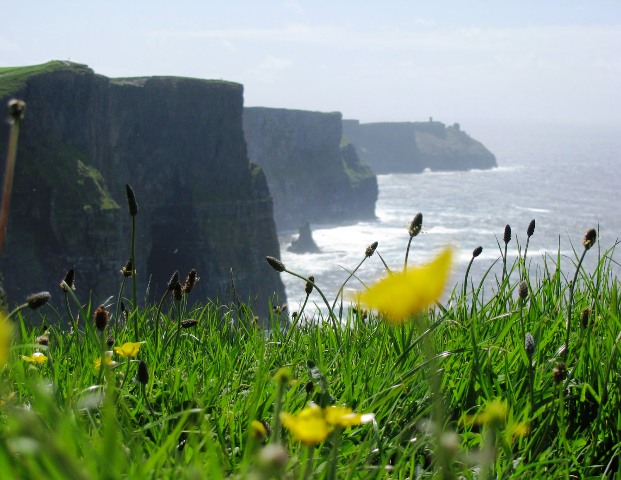
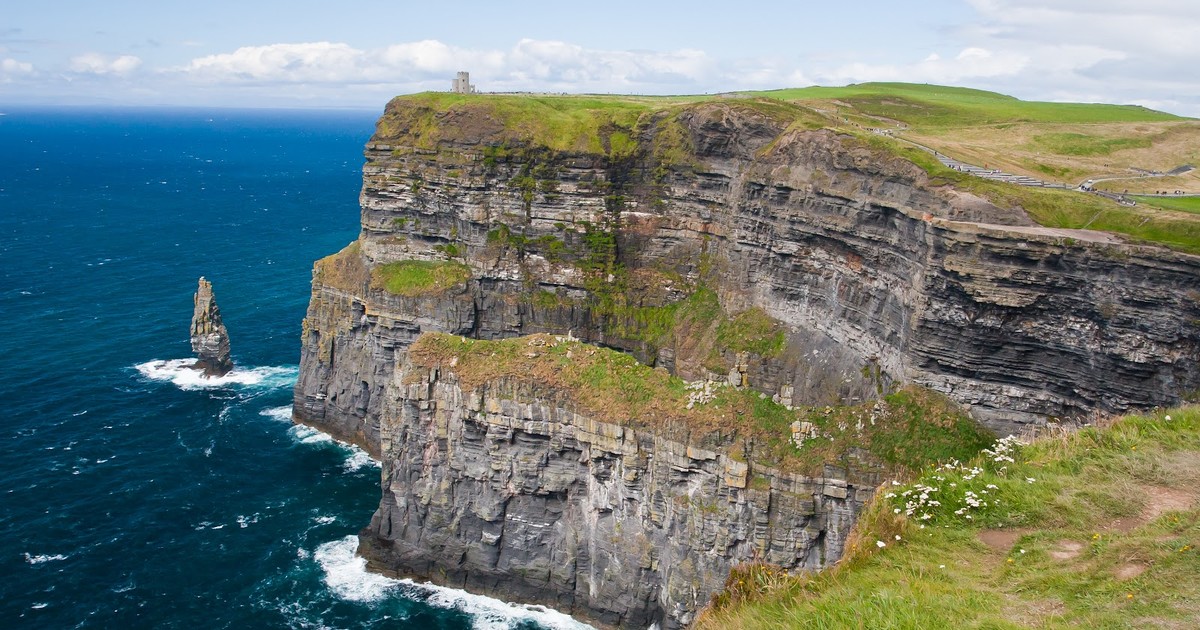
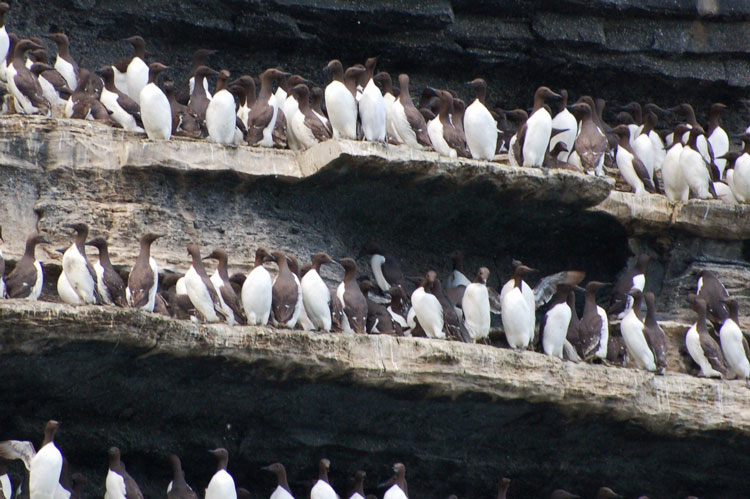
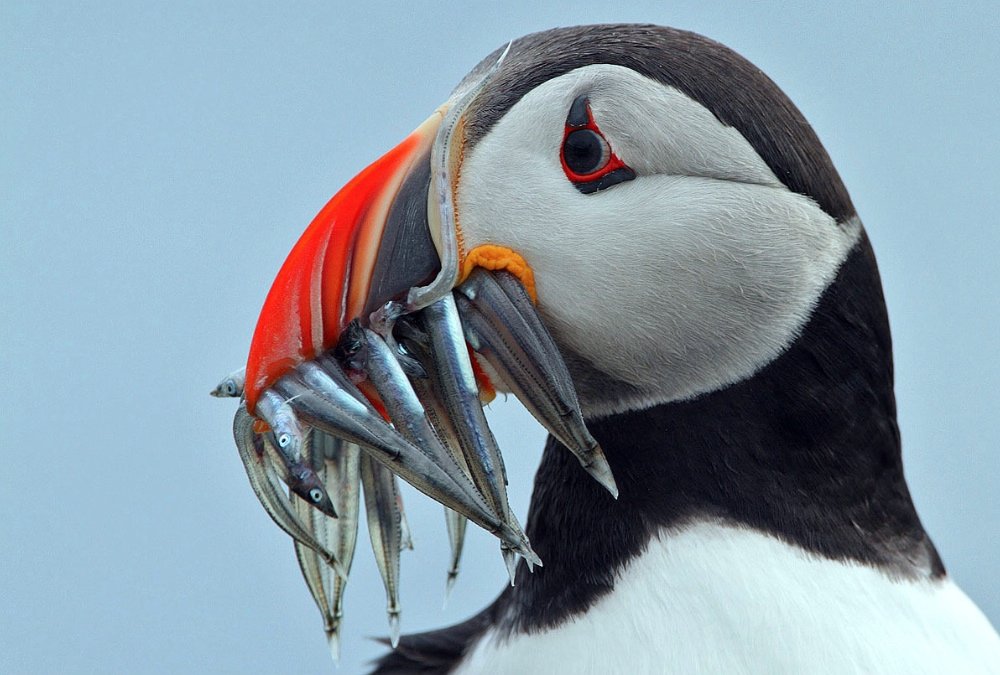

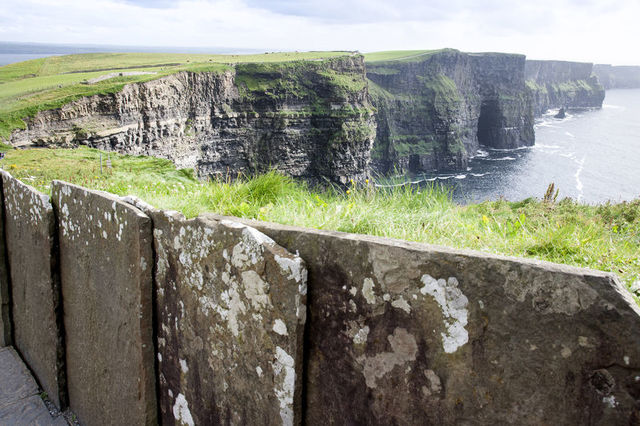
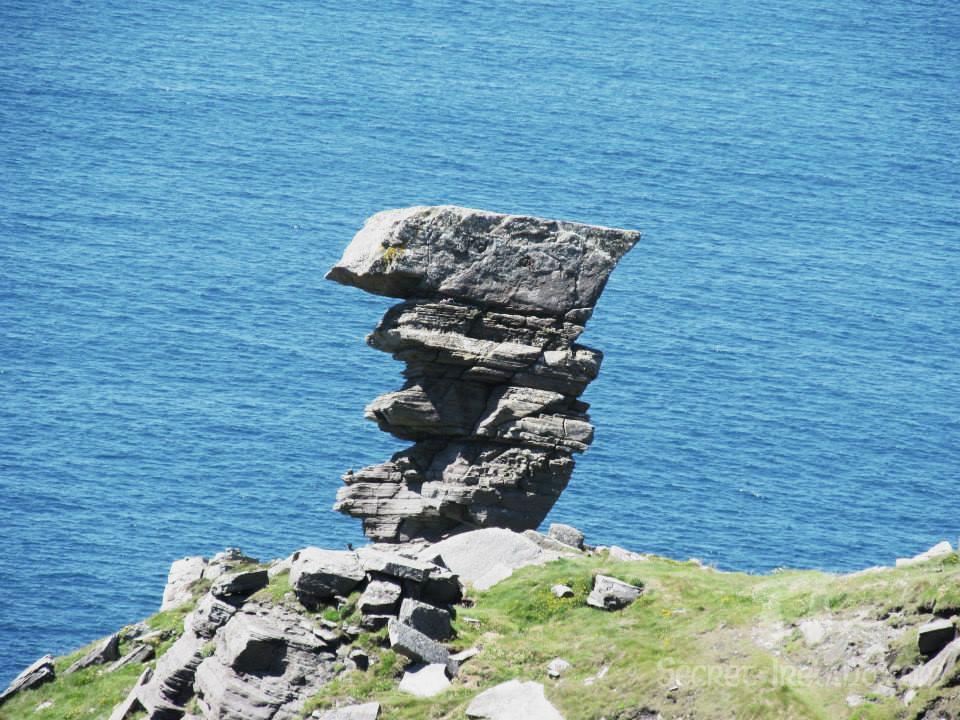
.jpg)


